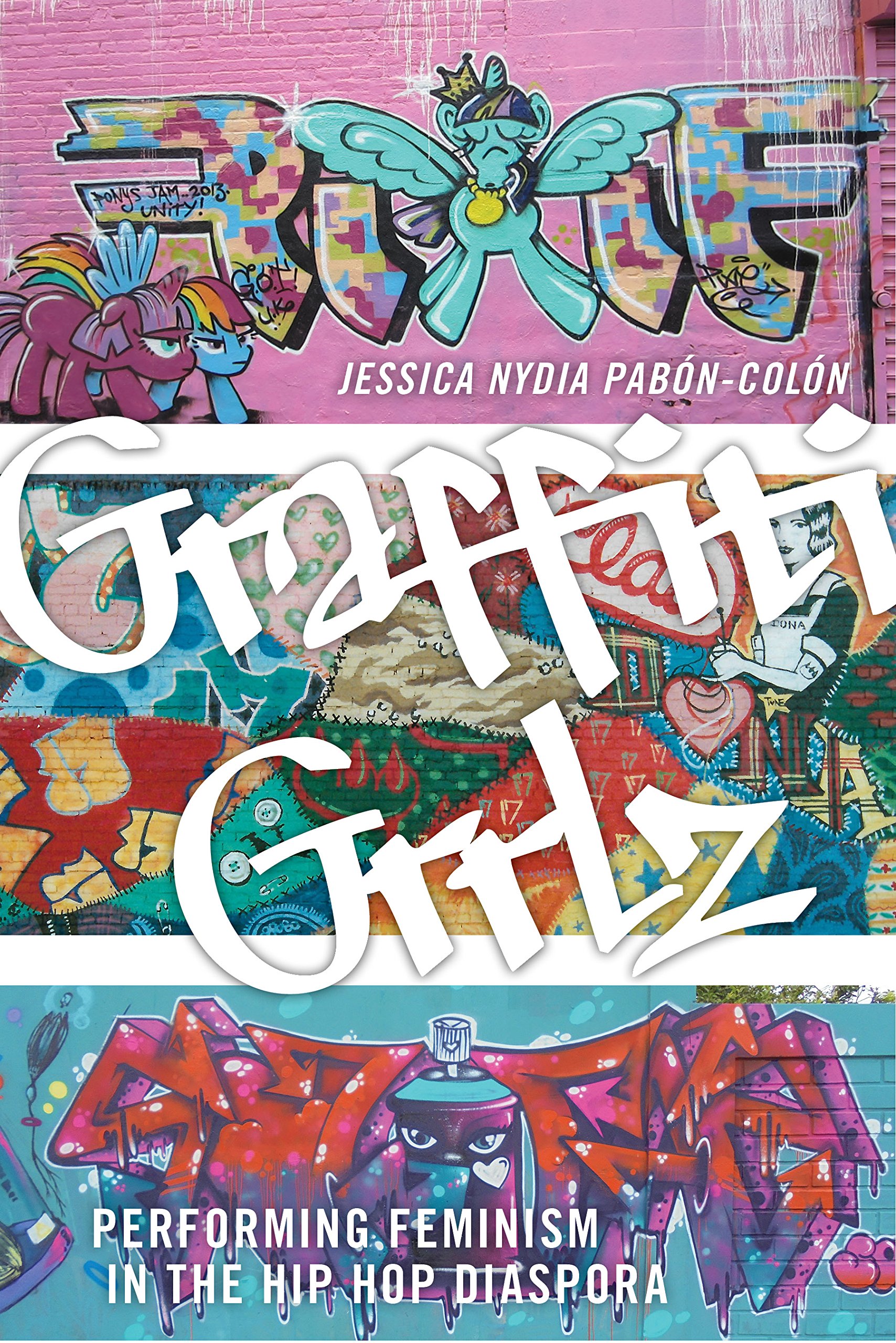Jessica Nydia Pabón-Colón - Graffiti Grrlz: Performing Feminism in the Hip Hop Diaspora
Written by Chi Chi Thalken on June 22, 2018Jessica Nydia Pabón-Colón is Assistant Professor of Women’s, Gender, and Sexuality Studies at SUNY New Paltz. Since 2002, she has been researching the world of graffiti with a particular interest in how women interact with the culture and the artform. Her work is now being presented in her book, Graffiti Grrlz: Performing Feminism in the Hip Hop Diaspora.
Graffiti Grrlz is an interesting book in a few different ways. As I approached the book, I assumed, like I’m sure many other might, that women involved with graffiti are performing a feminist act and therefore would identify as feminists themselves. As Pabón-Colón relates many times over the course of the book, which looks at women from several different countries and continents, most of the women have a complicated relationship with the word “feminism” itself. As much as she is researching and documenting these scenes, and observing women coming together to teach, encourage, and claim space through this artform, very few of the women involved gives answers along the line of “Yes! I’m a feminist and proud of it!” As a result, on one hand we get this rich text that examines other factors such as how online platforms brought women together and encourage more women to start tagging themselves, or how events have been organized as meeting places for women all over the world to get together and learn different styles and techniques and to encourage each other. On the other hand, everyone involved, whether it be in South America, Australia, or North America, has such a push and pull relationship with feminism and what that word means to them, it becomes critical and necessary for Pabón-Colón to investigate this thoroughly, which she does with chapters like “Doing Feminist Community without “Feminist” Identity.” While this is an academic text that requires Pabón-Colón to break down and relay ideas about feminism, community, and art, she manages to do so in a way that is easy to understand and apply these crash courses to the research she was already doing as she examines all-women graffiti events such as Ladie Killerz in Australia.
While there has been some attempts over the years to document graffiti in general, there hasn’t been any real interrogation into the gender politics of the artform or culture until now. Jessica Nydia Pabón-Colón has presented her work in a way that is thoughtful and thorough as she asks important questions about how women navigate the world of graffiti. Anyone with an interest in the artform and the culture should do themselves a favor and read this book.
| Title: | Jessica Nydia Pabón-Colón - Graffiti Grrlz Performing Feminism in the Hip Hop Diaspora |
|---|---|
| Label: | NYU Press |
| Year: | 2018 |
| Rating: | 9/10 |

